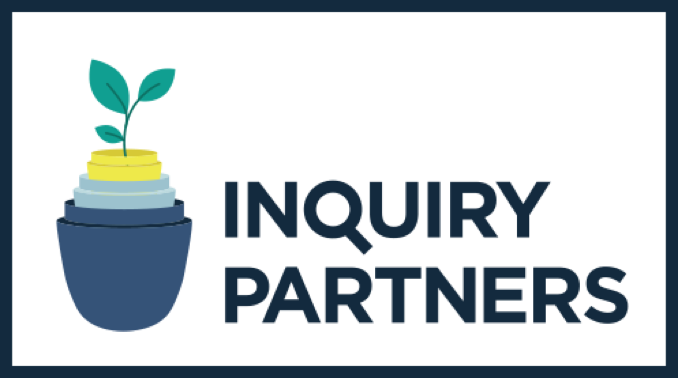Feedback is one of the most powerful catalysts for profound change. Unfortunately, one of the common forms of feedback in the workplace – the performance review – often doesn’t lead to the kind of growth we want from our team members.
Traditional performance reviews are focused on checking off boxes: giving a pat on the back or a slap on the wrist and moving on. Too often, traditional performance reviews become transactional in nature – just a necessary step on the way to a promotion or raise that does not actually provide helpful feedback.
In this post, I’ll share my best tips to conduct more developmental performance reviews that can spark real change.
“Managers don’t like giving appraisals, and employees don’t like getting them. Perhaps they’re not liked because both parties suspect what the evidence has proved for decades: Traditional performance appraisals don’t work.” – Jeffrey Pfeffer
Coaching: Reframing the performance review
Performance reviews are one of the most common forms of feedback in the workplace. And yet so many of us know so little about how to use performance reviews to support our employees’ development.
Just last month, the Harvard Business Review published an article co-authored by Marcus Buckingham, a leading researcher in people and performance, which suggests that the most effective form of feedback we can provide is that which focuses on strengths instead of weaknesses. Buckingham writes, “Focusing people on their shortcomings or gaps doesn’t enable learning. It impairs it.”
Unfortunately, this is false.
In my years of learning, researching and teaching in adult development and working one-on-one with leaders and organizations, I have found (as have many other leaders in developmental learning) that the exact opposite is true.
Focusing on what we’re already good at does not help us grow. Only exploring our weaknesses with an open mind can truly help us develop and improve our performance. When we aren’t afraid to discuss our weaknesses, we can recover the energy we use to avoid or work around them and use this energy for developmental growth.
To do this with our teams, we need trust, willingness and a strong process for development in which everyone involved understands the outcomes and expectations of performance reviews.
Once we have this system built, we can lead by approaching reviews with genuine curiosity, not only about our employee’s results but about the performance that got those results. If we don’t know how we got the results we did, we can’t correct them, change them, improve them or repeat them.
Remember, if we leave a review without giving a direct report a way to grow, we’ve failed them. If they leave affirmed, we have not developed them.

Practice: What can I try?
Last month, I discussed strategies to turn difficult conversations into more productive ones. As you may remember, the key to having more productive conversations is to approach them from a place of curiosity. Performance review conversations are no different.
We can stay curious during performance reviews by approaching them from a mutual stance, reflecting on how we’re working together to achieve the results we want and where we’re struggling to perform.
To do this we’ll revisit the developmental challenge I posed in last month’s Free Coaching email. You can use this model to reframe your performance conversations:
Template:
- Behavior: When we [behavior/observation].
- Dynamic: The work overall is [result/impact].
- Role: This matters in my role because [importance].
- Benefit: An improvement in this will [provide opportunity/benefit].
- Improvement: Let’s figure out how to get better at [improvement].
Example: “When we interrupt each other, the work overall slows down. This matters in my role because I need to hear all the perspectives and to move decisions forward. An improvement in this will make us less frustrated and get us to decisions faster. Let’s figure out how to get better at focusing our thoughts and listening to each other.”
As you’ll notice in the example above, we’re using this template to reflect on performance issues from a shared, mutual stance. By starting performance reviews from this perspective, we engage our employees in digging deep about areas of weakness, without feeling like they’re being blamed or interrogated.
Once we’ve determined our shared responsibility in an area of weakness, we can identify each individual’s responsibility in creating this dynamic and find areas in which we can improve.
By starting from this mutual stance, employees leave the review knowing how you work together, how they can improve their performance and, most importantly, why it matters – to the entire team or organization – that they do improve.
Developmental Challenge:
While the questions we ask during a performance review are critical to its success in sparking real change, what we do with the answers to these questions is even more powerful. When an employee shares information authentically and can see that the information is being utilized to manage them more effectively, that kind of currency cannot be bought.
After a performance review, ask yourself:
- What did I hear that would require me to change the way I manage them, offer feedback or communicate?
- Based on what I heard, what are the adjustments that I can take responsibility for?
Digging Deeper:
- Uncharted Performance: In this podcast appearance, I discuss how to get better at getting better. My conversation with the host evolves from the self to the organization, and the importance of organizations and their leaders to the disruption, growth and development of an industry.






